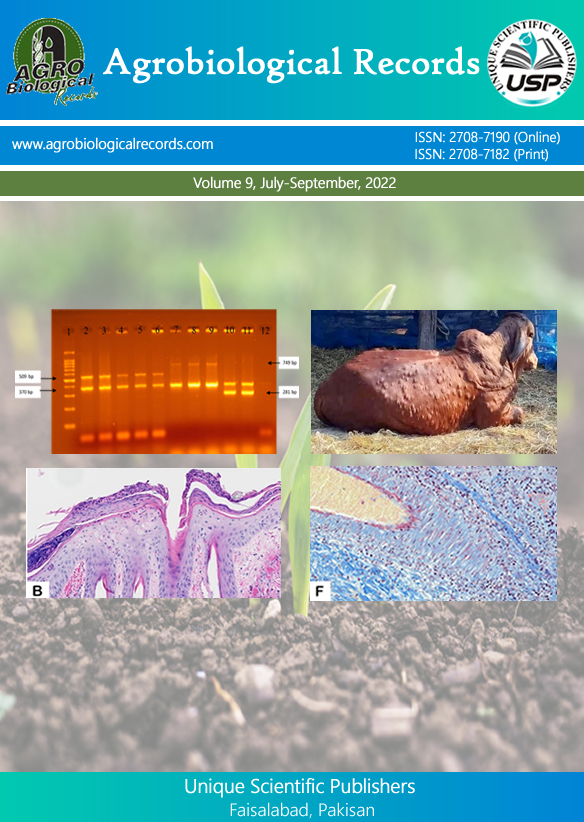
Muhammad Haroon Ur Rashid 1, Mehwish 1, Hafsa Wahab 1, Sajjad Ahmad 1, Liaqat Ali 1, Nisar Ahmad 1*, Murad Ali 1 and Hina Fazal 2
1Center for Biotechnology and Microbiology, University of Swat, Swat 19200, Pakistan 2Pakistan Council of Scientific and Industrial Research (PCSIR) Laboratories Complex, Peshawar 25120, Pakistan
*Corresponding author: ahmadn@uswat.edu.pk
Dodonaea viscosa and Rubus fruticosus are two famous medicinal plants with a wide range of biological properties due to their unique phytochemicals. The main aim of the current study was to investigate the combined antibacterial potential of differential ratio of these two medicinal plants of Dodonaea viscosa and Rubus fruticosus. The leaves of Dodonaea viscosa alone and fruits of Rubus fruticosus were either used alone or in combinations were investigated for antimicrobial activities and these combinations included T1 (5mg/mL: 1.0mg/mL), T2 (4:1), T3 (3:1), T4 (2:1), T5 (leaves alone 1mg), T6 (1:5), T7 (1:4), T8 (1:3), T9 (1:2), T10 (fruits extract alone), T11 or control. The Agar well disc diffusion method was used for the analysis of antibacterial activities against human pathogens. The leaves of D. viscosa and fruits of R. fruticosus extract (5:1) displayed the maximum activities (29mm) against K. pneumonia and S. aureus (26mm) as compared to antibiotics control (28mm). Furthermore, 30.33mm of activity was observed against P. aeruginosa as compared to antibiotics (33.40mm). In the same way the highest activity of (33.67mm) was recorded against pathogenic strain of S. typhi in comparison with antibiotics (34mm). Their activity was also investigated by reversing their ratios or concentrations i.e., taking 1mg/mL of D. viscosa leaves extract and 5mg/mL of R. fruticosus fruit extract (1:5), and high activities were seen against S. typhi (26.67mm), K. pneumoniae (20.33mm), and S. aureus (15.33mm) respectively. It is concluded that that the combinational strategy of medicinal plants is an excellent source of alternative antimicrobials. The strategy needs further analysis and practices for the isolation of active compounds that are responsible for antimicrobial activity for better outcomes in future.